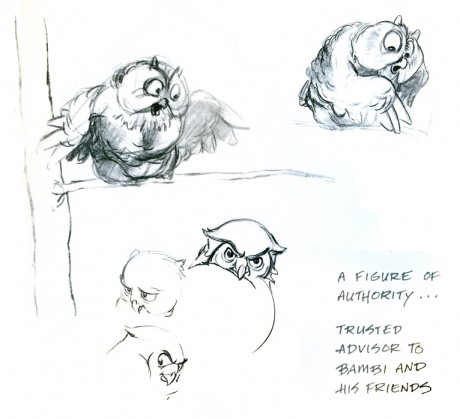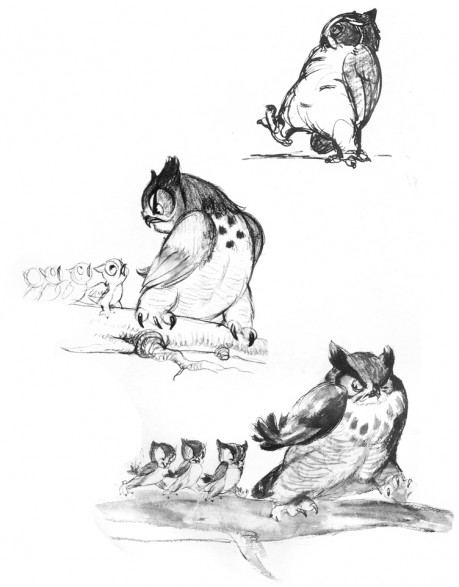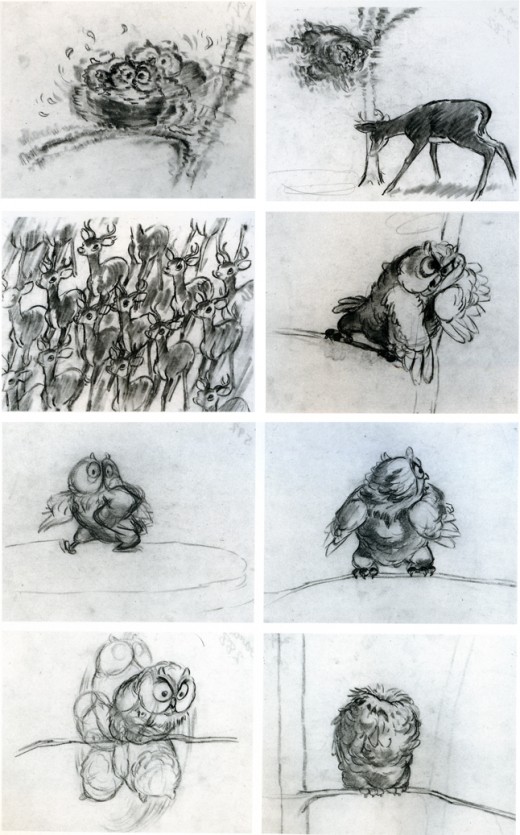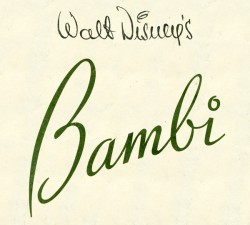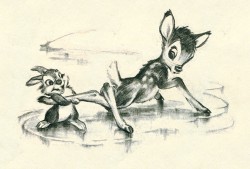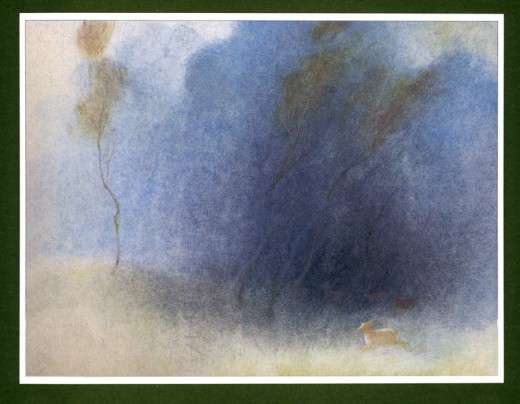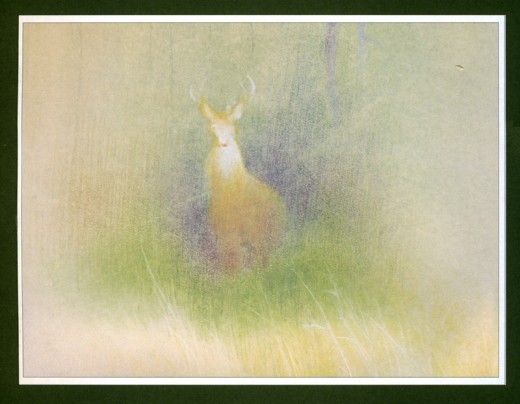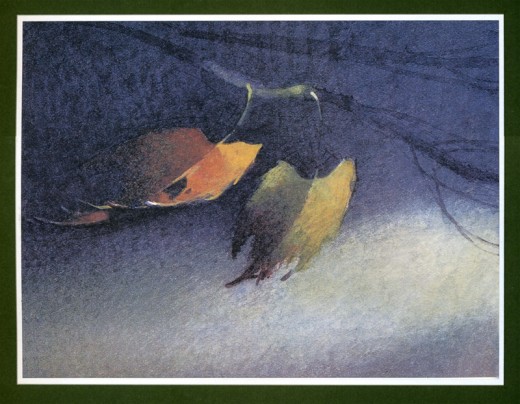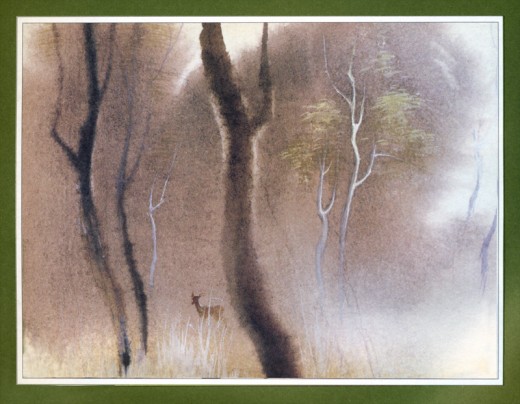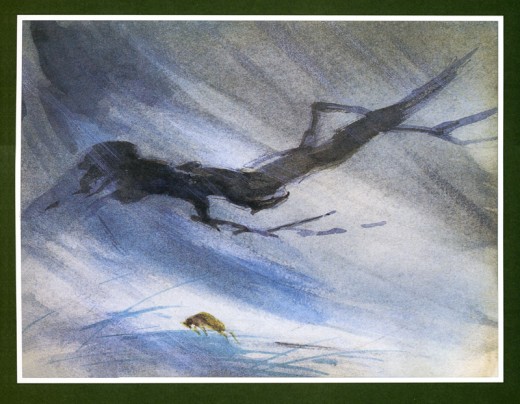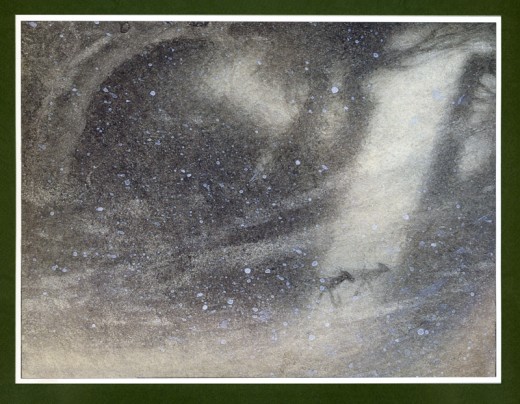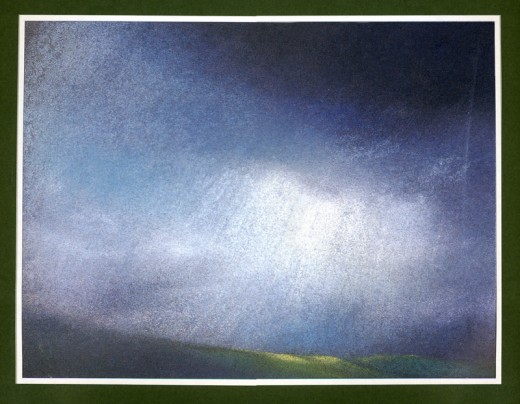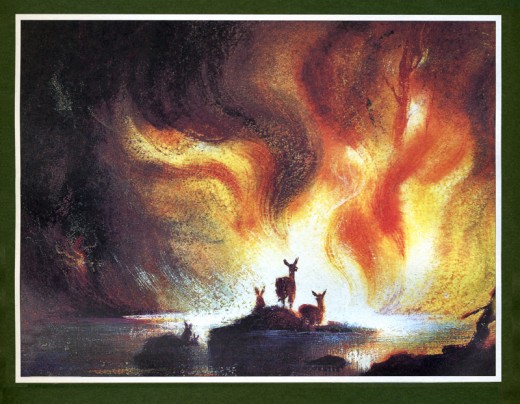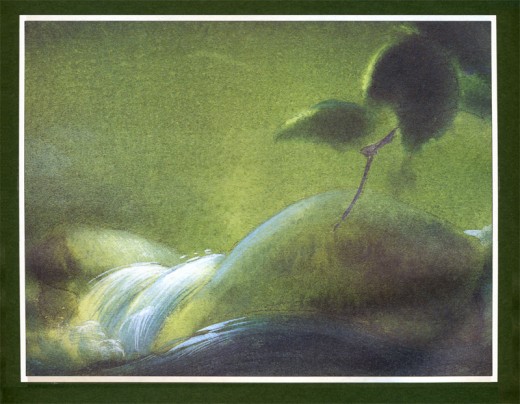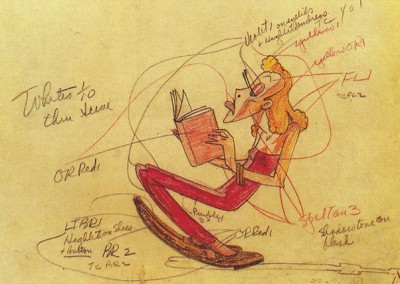Category ArchiveBooks
Books &Photos 25 May 2008 08:49 am
PhotoSunday: Silents
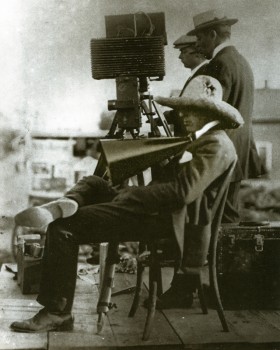 - I’m sure I’ve mentioned before that I love silent films. I particularly am a fan of D.W.Griffith’s work. I think I’ve read just about every book about the man’s career and biography.
- I’m sure I’ve mentioned before that I love silent films. I particularly am a fan of D.W.Griffith’s work. I think I’ve read just about every book about the man’s career and biography.
If you’re looking for a great one, read Adventures with D.W. Griffith by Karl Brown, who was an apprentice on Birth of a Nation and Intolerance. I thinnk often enough about Brown’s story about his daily walks with D.W. It seems that they both lived near 14th Street, and their studio was on 125th St. when they worked in NY. They’d walk together to the studio in the morning and walk home at night. The young Karl Brown would use the opportunity to learn as much as he could from the master. He tells how Griffith, at one time, pulled out a big six shooter which surprised Brown. That’s when he realized that most people carried guns. It was protection from criminals. ______Griffith filming Birth of a Nation.
I’m sure it was also protection from the patent
holders group who would beat up anyone making a film without paying for the use of a camera, whose operation was patented and owned by Thomas Edison.
Billy Bitzer, Griffith’s brilliant camerman, reconstructed their camera so that it was different from the patent rights’ group’s cameras – therefore not in violation of the patent. This didn’t stop the constant attacks on Griffith’s sets.
I have a book by Kevin Brownlow that I love. Photographs from the sets of silent films. Hollywood, the Pioneers is a companion book to a series he produced. The photos are outstanding. Here are a few:
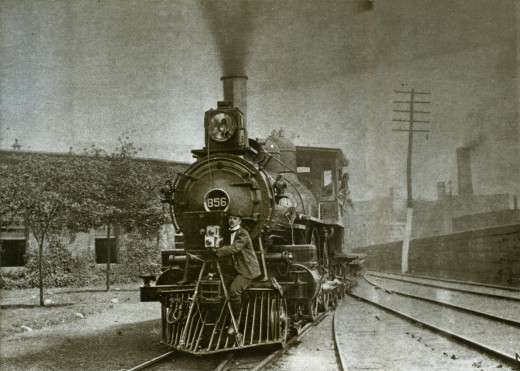
Billy Bitzer on the front of a train filming the movement
for a pre-Griffith film, a Hales Tour film.
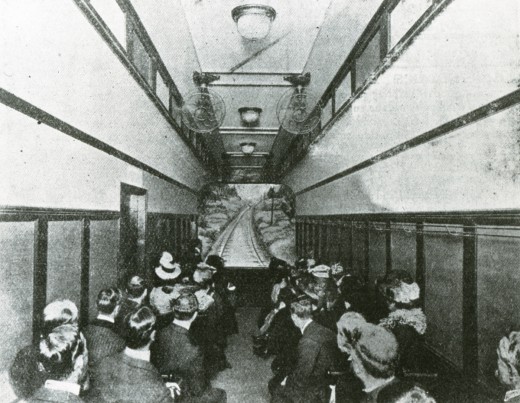
This is how the Hales tour films were screened. It’s a duplicate of a railroad car, and you ride facing the screen where you got to watch the movement, as if you were on a train. Future director, Byron Haskin, talked about spending whole days in a theater
watching these tours since they were so spellbinding.
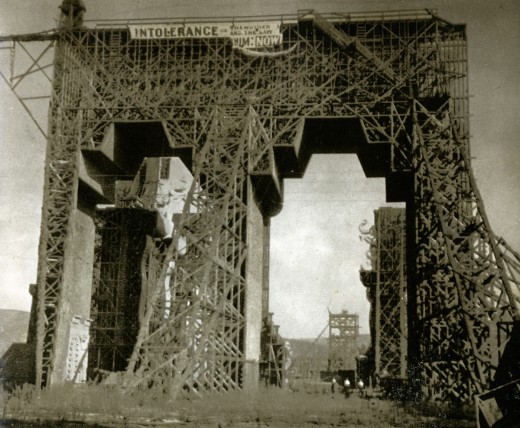
Here’s a shot of the skeleton to the set of Babylonia in the film, Intolerance.
This film was shot in California. Film makers ran to the west coast
as much to escape the patent holders as to find all sun all the time.
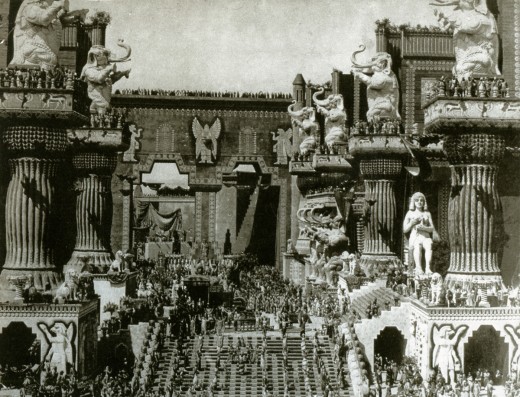
This is what the final set looked like for the film. (Those are
real people and elephants inhabiting the set, not computerized creations.)
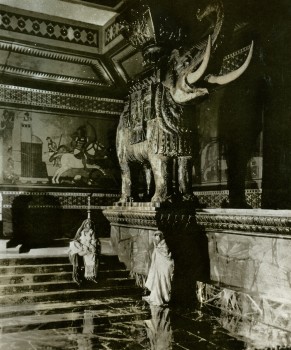 This is closer shot of one of the elephants that lined the walls. The care that was put into these films was amazing. Griffith loved recreating famous paintings and etchings that illustrated the stories he was filming. Quite often, the intertitle would tell you that you were watching such a recreation and show you the painting.
This is closer shot of one of the elephants that lined the walls. The care that was put into these films was amazing. Griffith loved recreating famous paintings and etchings that illustrated the stories he was filming. Quite often, the intertitle would tell you that you were watching such a recreation and show you the painting.
After the film was completed, the set remained standing for many years. If Roger Corman had been around at the time, there would have been another dozen films featuring it.
There’s also a wonderful Italian film by the Taviani brothers called, Good Morning, Babylon. It’s about two architect brothers who emigrate to the US and get work helping to build the set. It’s worth hunting down for a look.
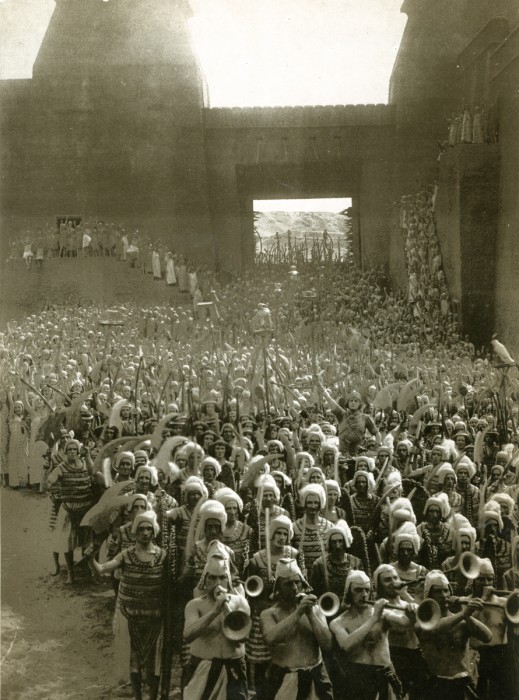
The Griffith film led to bigger and bigger sets.
This is Ernst Lubitsch’s German film, Loves of a Pharoah.
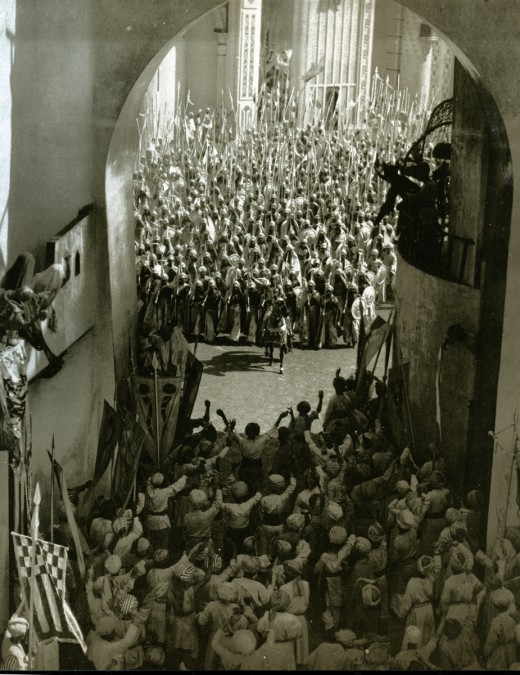
Douglas Fairbanks got even larger with his set for The Thief of Baghdad.
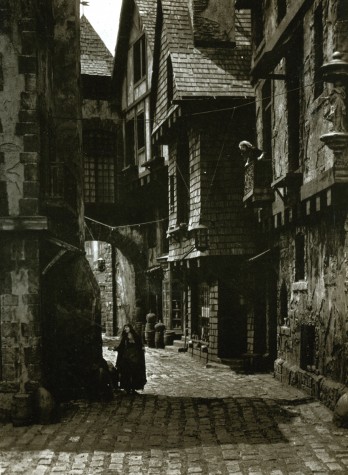 Years later, after a number of films had failed for him, Griffith tried to make one more special film. He bought some land in Mamaroneck, NY and built his own studio. There he had constructed Paris. This would be the set for Orphans of the Storm.
Years later, after a number of films had failed for him, Griffith tried to make one more special film. He bought some land in Mamaroneck, NY and built his own studio. There he had constructed Paris. This would be the set for Orphans of the Storm.
It was a film that featured the sisters, Dorothy and Lillian Gish. The girls are separated in the period melodrama. here, Dorothy, playing the blind sister, is searching the streets for her sister.
She isn’t very successful and sinks lower and lower into the depths of revolutionary France. Needless to say, there’s eventually a reunion.
Lillian took a very big part in the making of these films. During Intolerance she actually was an uncredited editor. Since she had a small role in the film, she would spend the days assemblilng footage to view with D.W. in the evenings and would rework the film to Griffith’s instructions on the next day.
There was no script when they started this film. Griffith wrote it all and kept it in his head as he shot the film. This was quite a feat since it’s four separate stories that are interwoven. (The first time this was done on film.)
Anita Loos was employed, early in her career, after the fact to help write the intertitles and offer suggested changes to the footage.
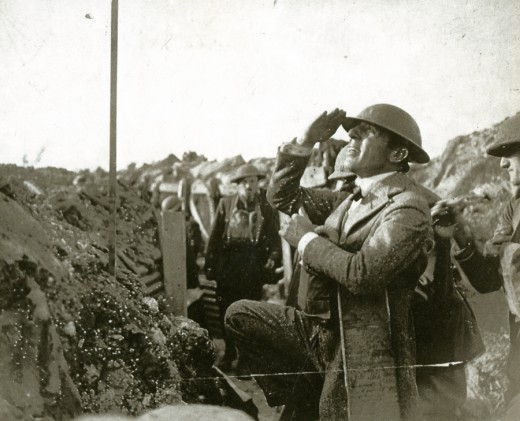
In 1917, during WW I, Griffith actually went to the French front to film his movie,
Hearts of the World. The film was financed with British money as
early propaganda. The footage shot in France wasn’t all he’d hoped for,
so some of it was recreated back in the US when he returned.
Animation &Books &Disney 17 May 2008 09:05 am
Fawns walking
- Here’s another of the animated bits from the flipbook that came with the Frank Thomas/Ollie Johnston book, Bambi: The Story and the Film. It’s peculiar that they selected this sequence to put into a flipbook since it doesn’t quite work. Obvously they don’t use all of the animation drawings for the flipbook, and they’ve washed over the short holds that are in the animation. There are lots of interesting poses, though.
The piece was animated by Ollie Johnston.
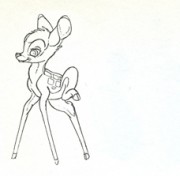
__________________________________________ Bambi tries to walk on threes.
Animation &Animation Artifacts &Books &Disney &Story & Storyboards 13 May 2008 08:12 am
Retta’s Dogs
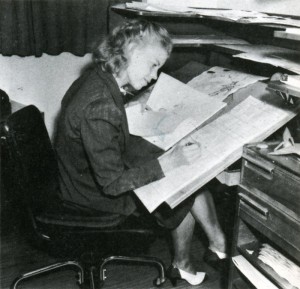 – Retta Scott has been fascinating to me from the earliest days in my interest in animation. I believe it was on a “Disneyland” when I first heard her name. Back then the research readily available to me was not great. Bob Thomas’ book The Art of Animation listed her as an animator on Bambi. It doesn’t even give her credit for Fantasia, despite her principal work on the Pastoral sequence. Nor does it mention her work on Dumbo, The Wind In the Willows or The Ruluctant Dragon.
– Retta Scott has been fascinating to me from the earliest days in my interest in animation. I believe it was on a “Disneyland” when I first heard her name. Back then the research readily available to me was not great. Bob Thomas’ book The Art of Animation listed her as an animator on Bambi. It doesn’t even give her credit for Fantasia, despite her principal work on the Pastoral sequence. Nor does it mention her work on Dumbo, The Wind In the Willows or The Ruluctant Dragon.
She was layed off at Disney’s when they hit a slump in 1941 but came back to do a number of Little Golden Books for Disney. The most famous of her books was her version of Cinderella, one which was so successful that it remains in print today as a Little Golden Book. She was an animator on Plague Dogs.
When asked why females weren’t animators at the studio, the Nine Old Men who traveled the circuit, back in the 1970′s, often mentioned her. They usually also said that she was one of the most forceful artists at the studio, but her timing always needed some help (meaning from a man.)
Ms. Scott was known predominantly for her animation in Bambi. Specifically, she’s credited with the sequence where the hunter’s dogs chase Faline to the cliff wall and Bambi is forced to fight them off. The scene is beautifully staged and, indeed, is forceful in its violent, yet smooth, movement.
Ms. Scott died in 1990.
Continuing with prior posts featuring some of the sketch work from this film, I feature some of the original work from this sequence. Many of these drawings are storyboard pieces and are not actually the work of Ms. Scott. However, they certainly inspired what she would animate.
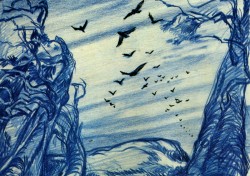 __
__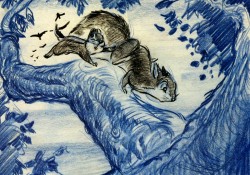
___________________(Click any image to enlarge.)
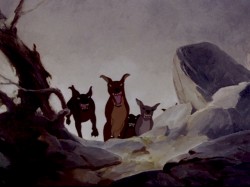
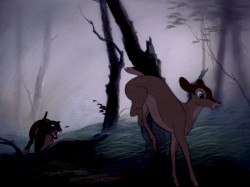
_________These, above, are two frame grabs from the sequence.
__
The dogs corner and chase Faline up a rock wall where she tries to stave off the violence of the attacking dogs. She remains there until Bambi comes to save her, fighting off the dogs.
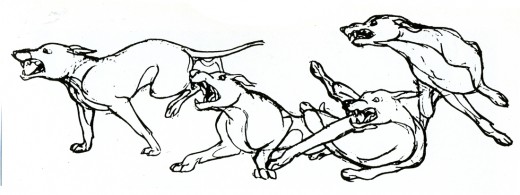
_____Though most of the drawings above aren’t the work of Retta Scott, this one is.
Animation &Books &Disney 10 May 2008 08:41 am
Laughing Rabbits
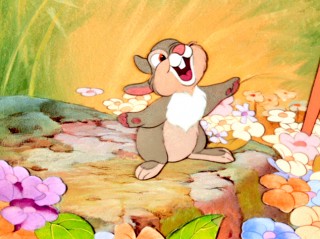 - As I noted in a recent post, Frank Thomas/Ollie Johnston’s book, Bambi: the Story and the Film, came with a flipbook of four animated bits from Bambi. It was an extra added attraction and somewhat better than the flipbook corners of their previous books. The images were larger and more readable. I’m posting the drawings of Thumper laughing and a QT movie at the bottom. The images were exposed on two’s.
- As I noted in a recent post, Frank Thomas/Ollie Johnston’s book, Bambi: the Story and the Film, came with a flipbook of four animated bits from Bambi. It was an extra added attraction and somewhat better than the flipbook corners of their previous books. The images were larger and more readable. I’m posting the drawings of Thumper laughing and a QT movie at the bottom. The images were exposed on two’s.
This is an excellent laugh and should be studied by anyone interested in animation. It’s hard not to use any of the obvious approaches to animate a laugh, but here Frank Thomas not only uses those obvious choices, but he exploits them. There can be no doubt that it’s a child laughing – just a little too hard. It’s a real character choice, and it’s brilliantly and intelligently done. You can also FEEL the softness of the rabbit. Like any great piece of animation, so much more shows up when it’s in motion.
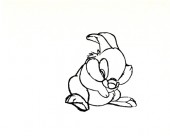
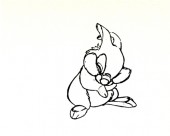
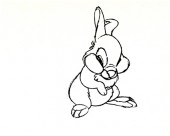 3
3
______________(Click any image to enlarge.)
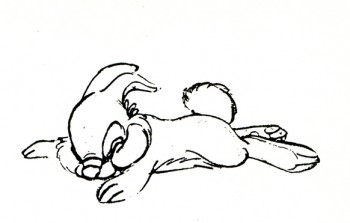 46
46
________________________
__________________________________________Thumper laughs at Bambi.
Books 01 May 2008 08:18 am
Matilda
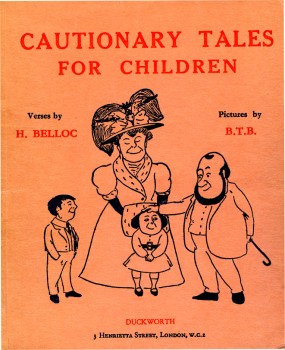 – As I mentioned on a past writing, I’m a fan of the poems of Hillaire Belloc. I posted some pages from his Bestiary, and I have a second book of poems, his Cautionary Tales for Children. a British publication, includes many gems. I’d like to share my favorite of these. As a matter of fact, we animated this poem as part of a double video, Nonsense & Lullabies, back in the 90′s. (Someday I’ll share some of that artwork. It was beautifully designed in house by Jason McDonald.)
– As I mentioned on a past writing, I’m a fan of the poems of Hillaire Belloc. I posted some pages from his Bestiary, and I have a second book of poems, his Cautionary Tales for Children. a British publication, includes many gems. I’d like to share my favorite of these. As a matter of fact, we animated this poem as part of a double video, Nonsense & Lullabies, back in the 90′s. (Someday I’ll share some of that artwork. It was beautifully designed in house by Jason McDonald.)
A bit of info about Belloc:
He graduated from Oxford, then served in Parliament.
After graduating from Oxford, Hilaire Belloc served in Parliament. Disatisfied with public office, he left the House of Commons and wrote extensively during the first World War. He wrote in many different styles and forms. Many of his children’s poems are whimsical but quite dark.
B.T.B. was the signature of Basil Templeton Blackwood.He met Belloc at Oxford and was killed in action in 1917. Blackwood was a solicitor who illustrated several of Belloc’s books.
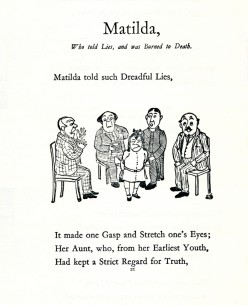
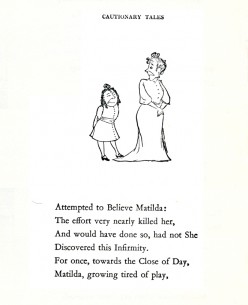
(Click any image to enlarge and read it properly.)______
Animation &Books &Disney 29 Apr 2008 08:18 am
“Twitterpated” Owls
- With the Frank Thoomas/Ollie Johnston book, Bambi: the Story and the Film, an elaborate flipbook came as an extra added attraction. This owl sequence, animated by Eric Larsen, was part of that flipbook. I’ve exposed it on “two’s” for the QT movie at the bottom.
This is the centerpiece for the “twitterpated” sequence which I wrote about in a post last week. It’s quite clever animation; it just feels like it belongs in another film.
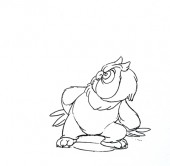
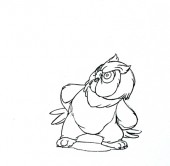
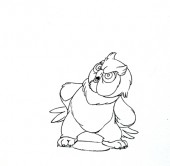 3
3
______________(Click any image to enlarge.)
Books &Disney &Models &Story & Storyboards 24 Apr 2008 08:10 am
Owls
- Given the article that appeared in yesterday’s NYTimes re Disney’s nature films, including and highlighting Bambi, I have to say that it’s the naturalistic sections of that film that I most love. Of course, it’s not because of the “nature” part but because of the poetic approach that was designed and overseen by Tyrus Wong.
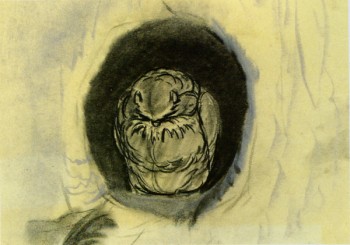 - On Monday, I posted some color sketches from Disney’s Bambi by Ty Wong, and I’d like to continue with some attractive sketches that appear in the Bambi Sketchbook and/or Frank Thomas & Ollie Johnston’s Bambi: The Story and the Film.
- On Monday, I posted some color sketches from Disney’s Bambi by Ty Wong, and I’d like to continue with some attractive sketches that appear in the Bambi Sketchbook and/or Frank Thomas & Ollie Johnston’s Bambi: The Story and the Film.
These sketches are very informative. How wide the gulf between storyboard and animator. I find Bambi a somewhat schizophric film. It has the absolute finest Disney has to offer, and it also has some of the most obvious and cloying work. I find most of the owl sequences fall into the latter category.
The owl is quite nice at the film’s start, but once we get to the “twitterpatin’” sequence things turn dreadfully cute and, for me, it’s a real let down. Preston Blair’s animation is good of a sort, but I think it belongs in another film. I can’t say I’ve ever spoken about this, so I don’t know if anyone else feels the same or is now convinced that I’m an idiot.
Here are some owl design sketches; they are beautiful. It’s a shame the underlying beauty of these drawings didn’t make it to the screen, just the surfaces.
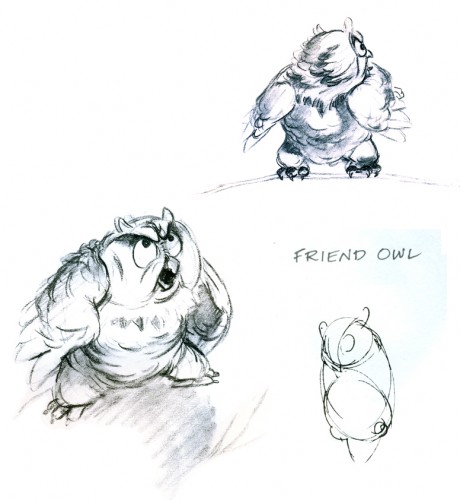
(Click any image to enlarge.)_______________________
And here’s the board for the owl’s “twitterpatin’” sequence. It leads out of and into two of the great sequences of this film – the death of Bambi’s mother, and the battle of the stags.
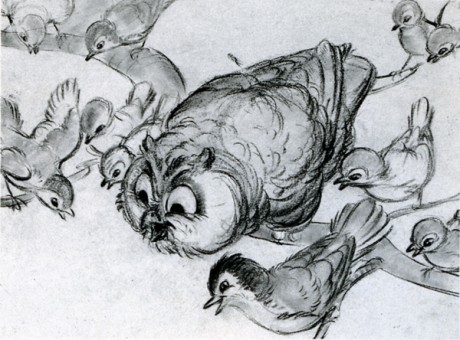
Animation Artifacts &Books &Disney &Models 21 Apr 2008 08:24 am
Bambi Color Sketches
- Bambi has to be one of the most stunning of all animated films, nevermind Disney films, and the preliminary artwork that went into it is probably even greater than what made it to the screen. The Bambi Sketchbook series book and the Ollie Johnston/Frank Thomas‘ Bambi book supports this with lots of beautiful artwork.
I can’t resist posting some of these images, so decided to go for it. It’s inspiration for me and may be for some of you as well.
From the Sketchbook, these are sketches by Tyrus Wong. His artwork really shaped this movie and give it the amazing integrity it has.
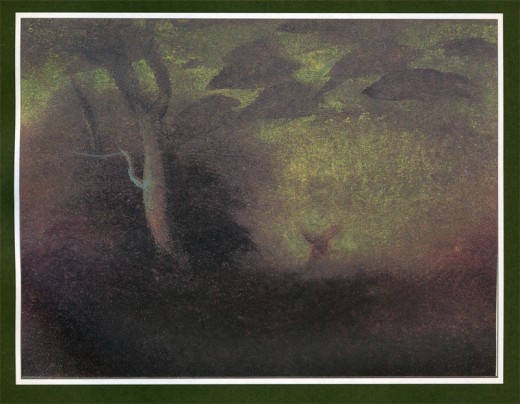
___________(Click any image to enlarge.)
Animation Artifacts &Books &Disney &Models &repeated posts 11 Apr 2008 08:07 am
Recap Friday – Celebrity Caricature
- Back in July 2006 I wrote about the art exhibit of celebrity caricature which came from the Library of Congress and was seen in the NY Public Library at 42nd Street. This show still stands out in my mind.
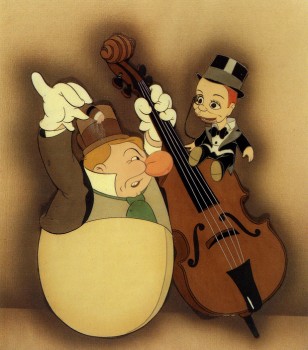 -I’m currently researching the art of Covarrubias. An exhibit at New York’s Public Library at 42nd Street in 1998 was one of the best I’ve ever seen. It was a program of “Celebrity Caricature” mostly from the 20′s & 30′s. Covarrubias, the developing Hirschfield, and a number of other brilliant artists were all represented well. In among the art was a small section on animated caricature. Drawings by Tee Hee and Joe Grant were on display with a couple of cel set-ups. There were also a couple of WB model sheets (without artist names.)
-I’m currently researching the art of Covarrubias. An exhibit at New York’s Public Library at 42nd Street in 1998 was one of the best I’ve ever seen. It was a program of “Celebrity Caricature” mostly from the 20′s & 30′s. Covarrubias, the developing Hirschfield, and a number of other brilliant artists were all represented well. In among the art was a small section on animated caricature. Drawings by Tee Hee and Joe Grant were on display with a couple of cel set-ups. There were also a couple of WB model sheets (without artist names.)
From the book of that exhibit I’m posting some of the animation art represented. Again no animators’ names are given. I remember well
_____(cel – Charlie McCarthy & W.C. Fields in________some beautiful caricatures by Joe
_____“Mother Goose Goes Hollywood”)_____________Grant who came to Disney’s studio to _____________________________________________work on this film.
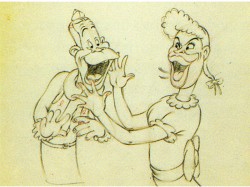
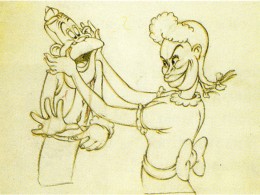
_______________Joe E. Brown and Martha Raye from “Autograph Hound”
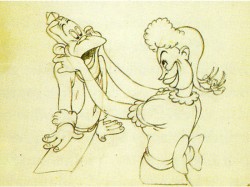
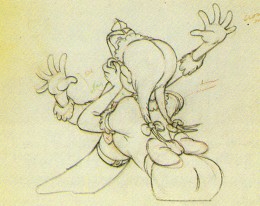
____(Click on any image to enlarge)
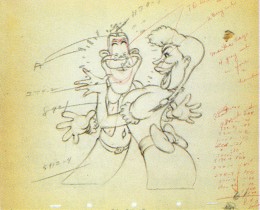
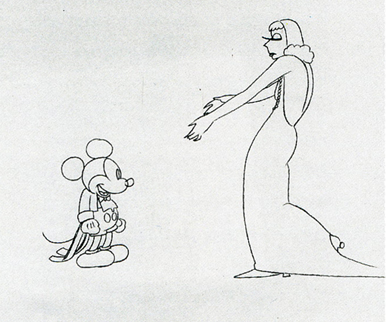
Garbo & Mickey – animation drawing for Mickey’s Gala Premiere
A small sampling of this show can be found on the National Portrait Gallery website. Non-animation caricatures are on view there, and the beautiful book/catalogue can be purchased there.
Credits for the above stills goes to:
1. “Mother Goose Goes Hollywood” from the collection of Jeff & Therese Lotman
2-5. “Autograph Hound” National Portrait Gallery, Wash.D.C.
6. “Mickey’s Gala Premiere” WDFeature Animation Research Library
7. The Steve Schneider Collection

Larry T. on his blog, Random Semiconscious Musings, has a great post on Mother Goose Goes Hollywood wherein he identifies all of the caricatures with matching photographs. It’s great to see the likes of Ned Sparks (pictured), George Arliss and Joe Penner.
Books &Disney 31 Mar 2008 08:13 am
Art of Animation stills
Having recently posted some pages from Bob Thomas’ 1958 book, The Art of Animation, I couldn’t resist thumbing through it casually and found some images I really like. These I’d like to share. Something about them all get me charged. Perhaps it’s just that this book meant so much to me when I was young, or perhaps they just are as great photos.
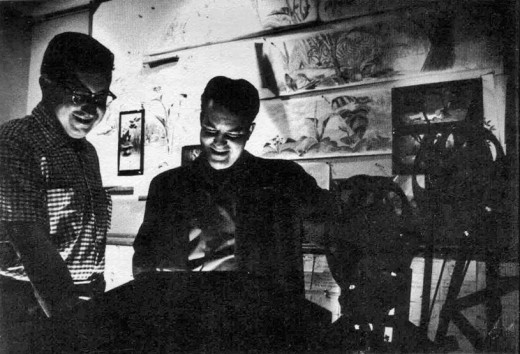
________Xavier Atencio and Bill Justice check out a scene on the moviola.
________The artwork on the walls looks like Alice In Wonderland, to me.
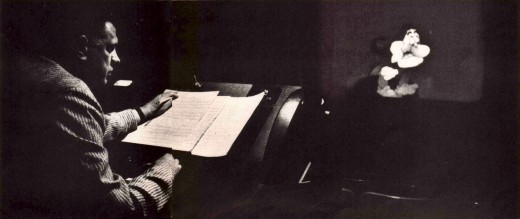
_____George Bruns watches Snow White while preparing the score for Sleeping Beauty.
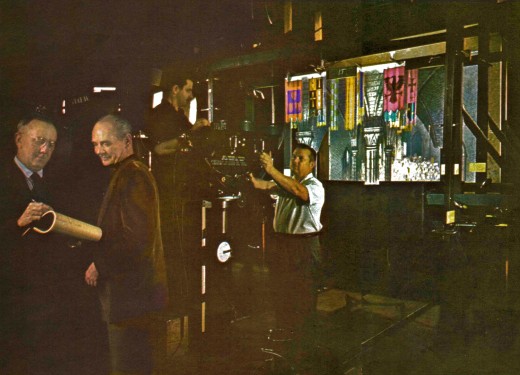
___Ub Iwerks & Bob Ferguson talk on the left while Eustace Lycett and Jim Cook
___work at the horizontal multiplane camera, on the right.
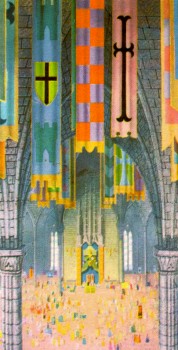
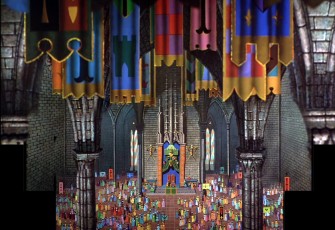
According to the book, this image to the left is the one they’re shooting on the multiplane camera.
The image in the final film looks quite a bit different. Above is a frame grab construction I’ve done. (The cmra moves in on the different levels that continually grow, and I had to adjust in making a full still of the art.)
___
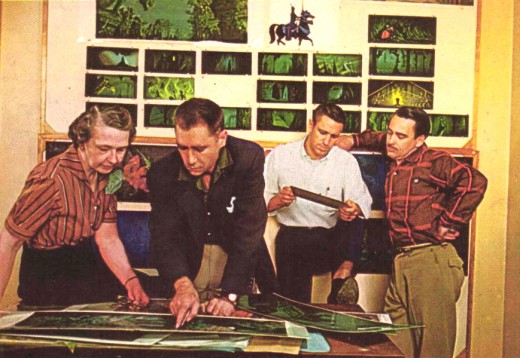
________Thelma Witmer, Eyvind Earle, Frank Armitage and Walt Peregoy
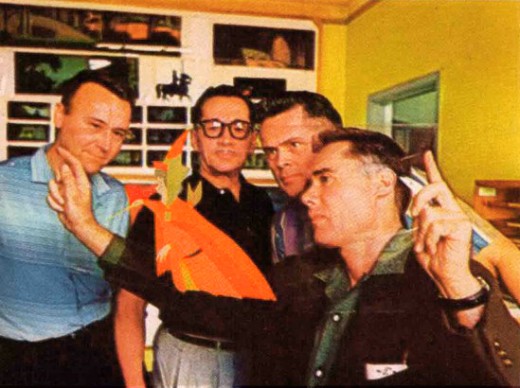
________Al Dempster, Dick Anthony, Ralph Hulett and Eyvind Earle
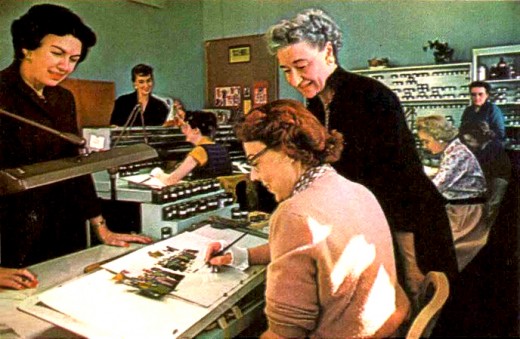
________Grace Bailey supervises Mary Tebb and Jane Considine in the I&Pt dept.

________An Eyvind Earle design for London Bridge in The Truth About Mother Goose.

________A LayOut pan for Lady and the Tramp as Lady runs in traffic.
As he commented on my site last week, Ernesto Pfluger wrote that he has scanned the complete book in spañish, on his now defunct blog.
 3
3 6
6 9
9 12
12 15
15 18
18 21
21 24
24 27
27 30
30 33
33 36
36 39
39 42
42 45
45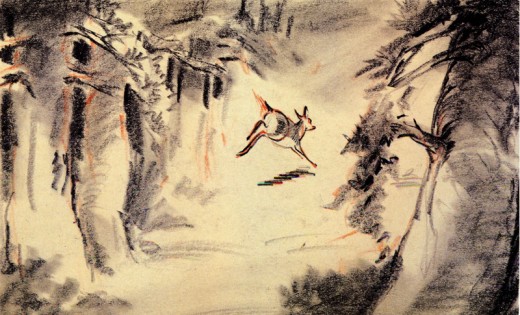
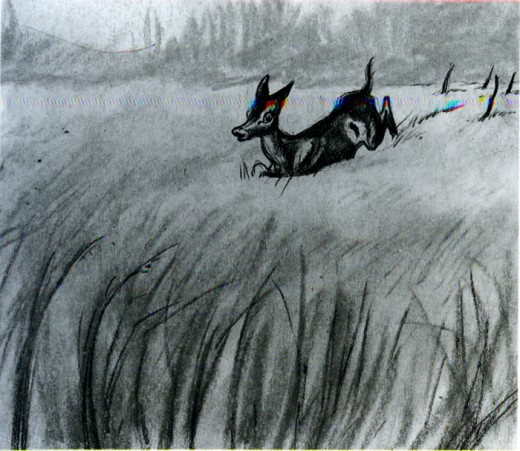
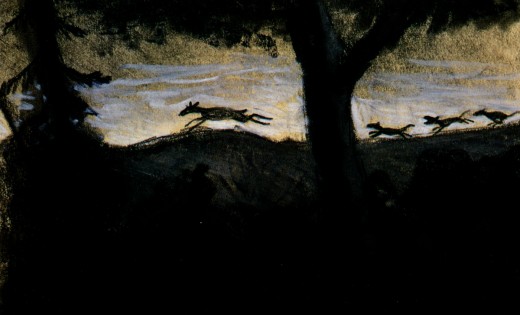
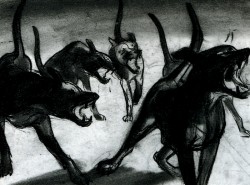
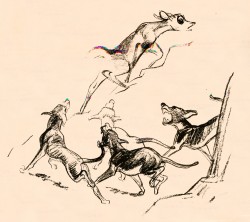
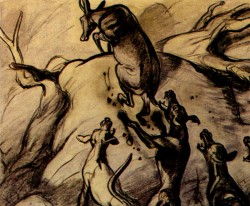
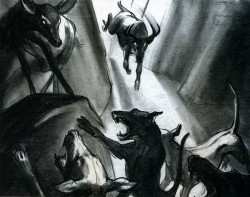
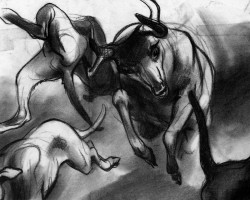
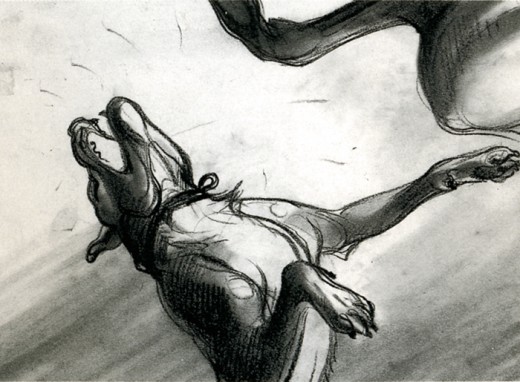
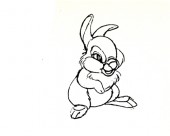
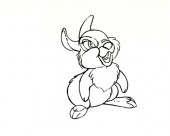
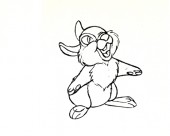 6
6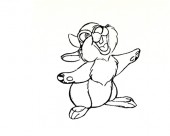
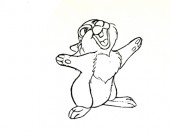
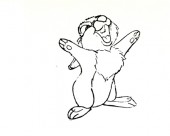 9
9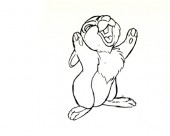
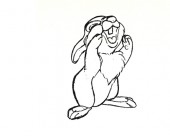
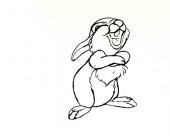 12
12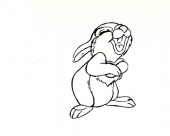
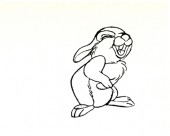
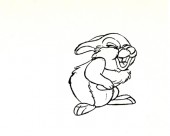 15
15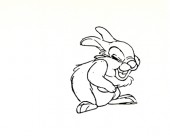
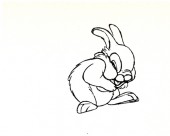
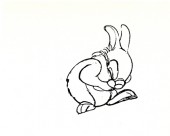 18
18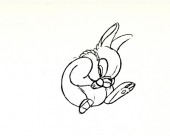
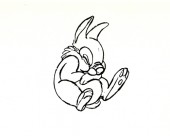
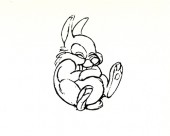 21
21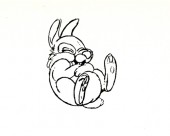
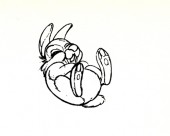
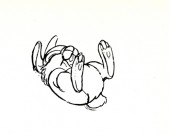 24
24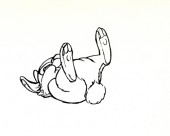
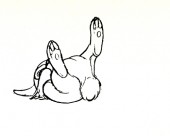
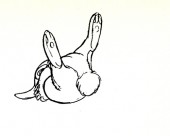 27
27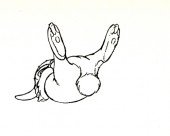
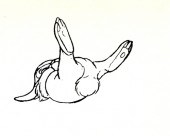
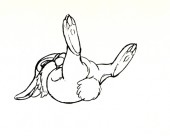 30
30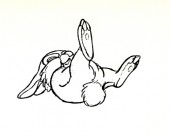
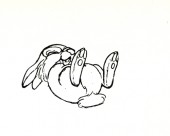
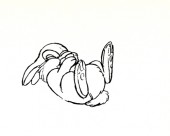 33
33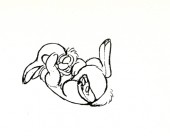
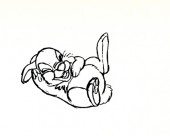
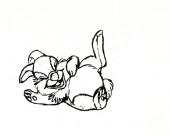 36
36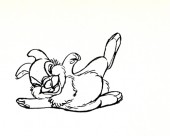
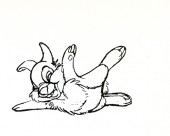
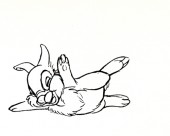 39
39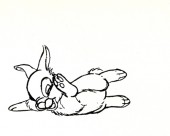
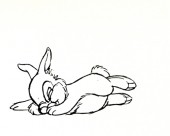
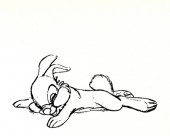 42
42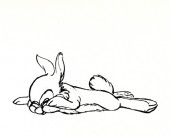
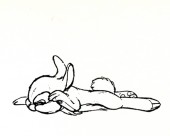
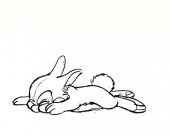 45
45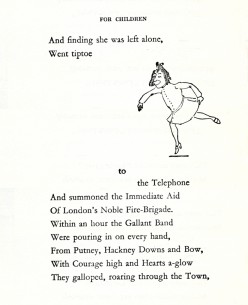
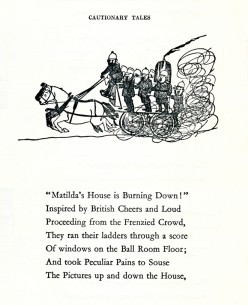
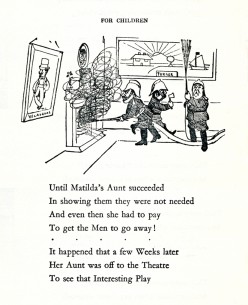
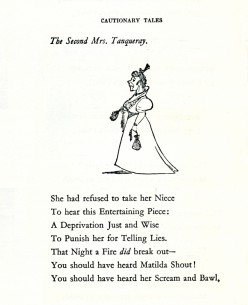
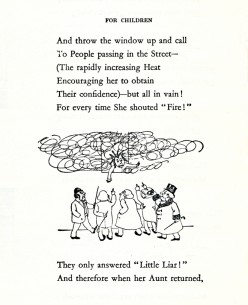
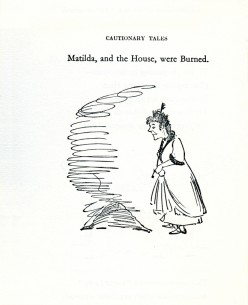
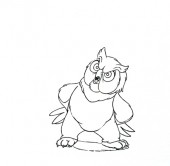
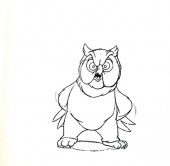
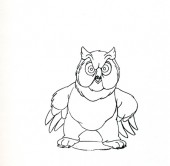 6
6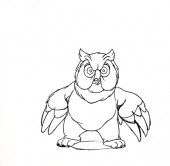
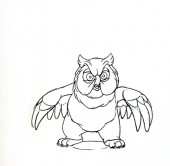
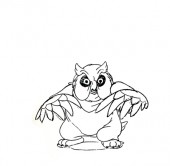 9
9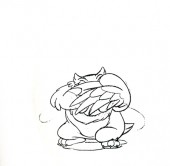
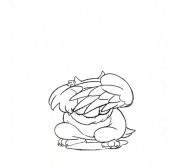
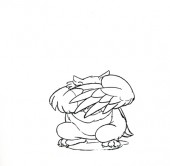 12
12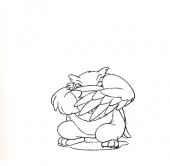
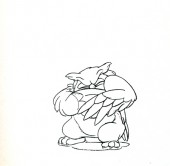
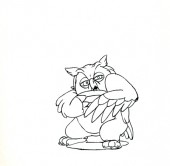 15
15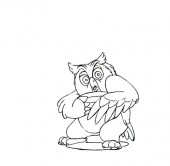
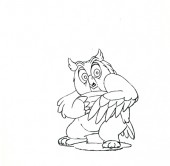
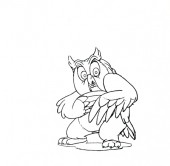 18
18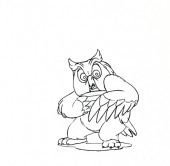
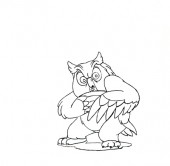
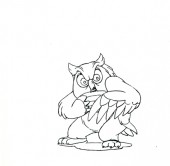 21
21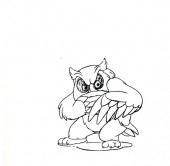
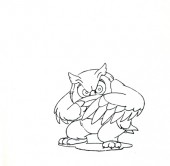
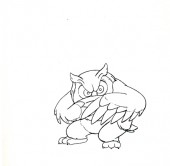 24
24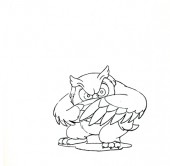
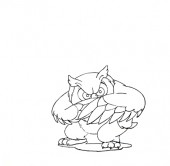
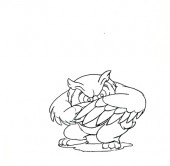 27
27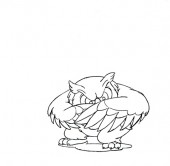
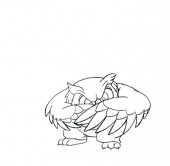
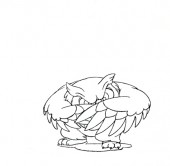 30
30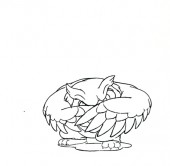
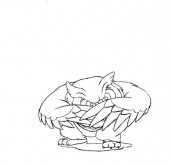
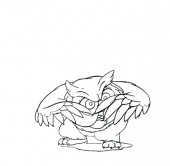 33
33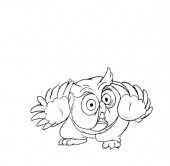
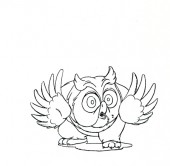
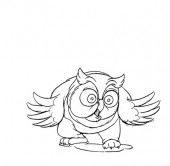 36
36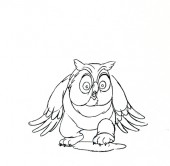
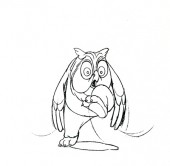
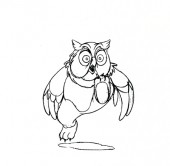 39
39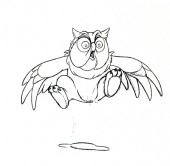
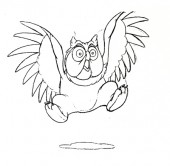
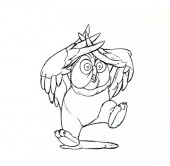 42
42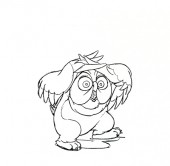
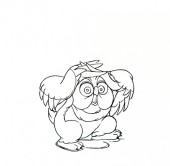
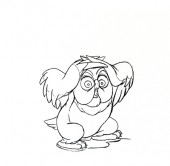 45
45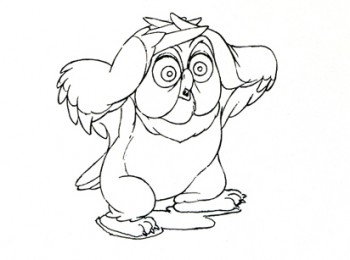 46
46